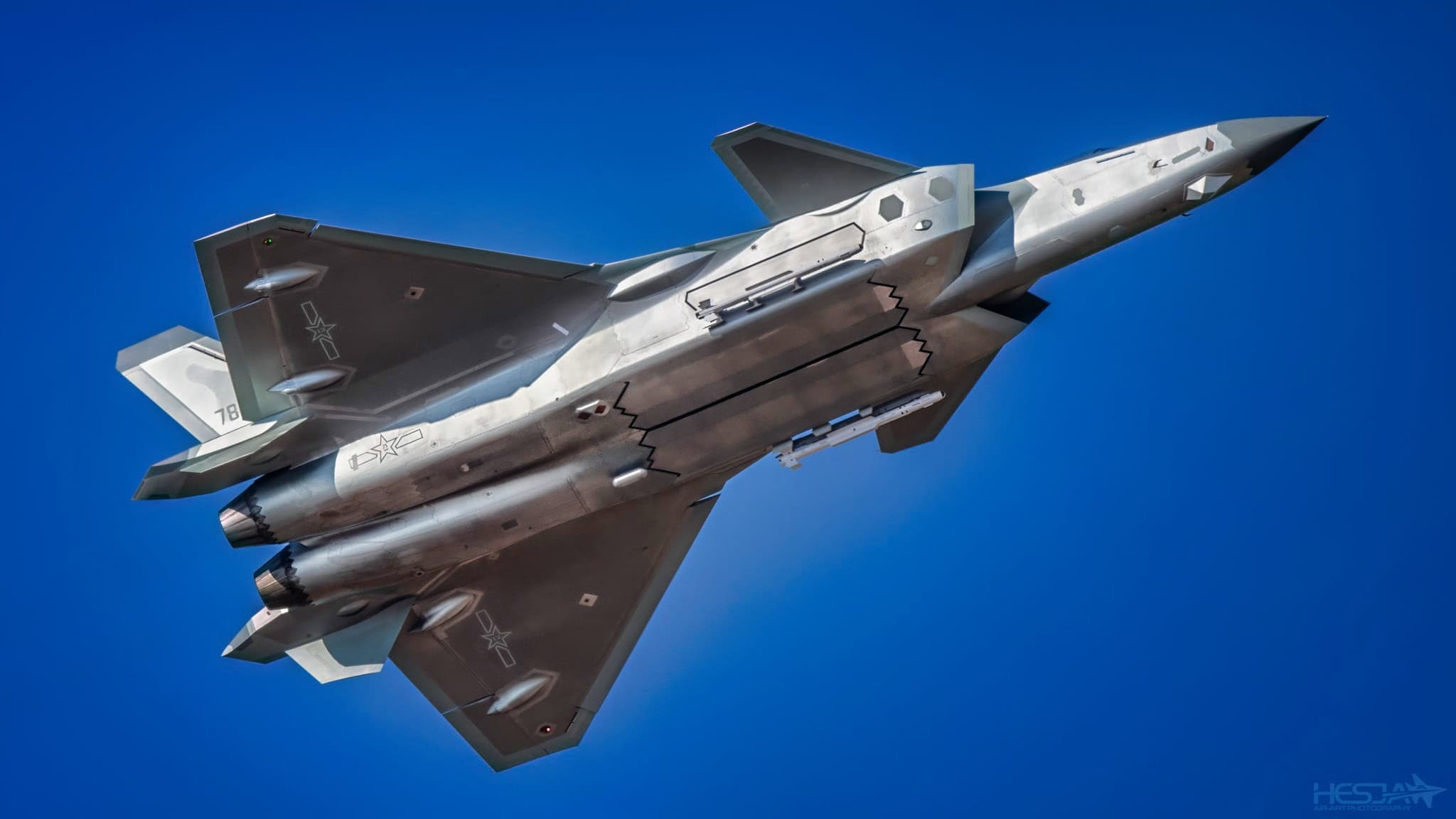The Chengdu J-20S is a significant step forward in China’s effort to introduce a fifth-generation fighter into widespread service. The “S” variant has several new features, the most important of which is a twin-seat configuration—a nod to the need to enhance operational versatility. Nonetheless, the fighter can be described by many experts in one word: mysterious.
Like its predecessors, the J-20S maintains an angular, stealthily contoured fuselage, a canted V-tail, and the internal weapons bays that are characteristic of stealth aircraft. The major difference is in the addition of a second seat in the cockpit.

J-20 Stealth Fighter. Image Credit: Creative Commons.
An additional seat allows a second person to be in the cockpit alongside the pilot: a weapon systems officer who could manage tasks like Electronic Warfare and the coordination of unmanned aerial vehicles, while also aiding the pilot in real-time tactical decision-making. More advanced avionics and sensor suites would increase situational awareness and the jet’s overall capabilities.
This is not the first stealth fighter China has introduced intro service, however. The best example is the J-35, a fighter that may have naval aspirations and that outwardly, at least, is somewhat similar to the U.S. F-35 platform.
The J-20S’s Role and Comparison to American Aircraft
As a large, twin-engine fighter, the J-20S is a sharp departure from American stealth platforms such as the F-22 Raptor or the F-35 Lightning II. Both of those aircraft are single-seat fighters designed for air superiority, in the case of the F-22, or multi-role applications, as is the case with the F-35. The F-22 is, however, a twin-engine fighter.
Having a second human in the loop could afford the J-20S a great deal of flexibility, particularly for roles that need a high amount of data-crunching and coordination with other platforms, both manned and unmanned. Of note would be the reduced burden on the pilot to guide and delegate tasks to loyal wingmen drones. This could be done instead by the weapons officer, potentially offering more dynamic responses to a variety of threats.
Engine Development and Reliance on Russia
One question about the J-20S that has not been fully answered concerns the jet’s engines. China has historically leaned on Russia for engine technology and has struggled to produce quality, high-performance, homegrown jet engines. That being said, recent Chinese aerospace advancements may have somewhat relieved the reliance on Russian technology, an evolution that is in line with the country’s desire for self-reliance.
The U.S. Department of Defense has taken note of the jet’s capabilities. Back in 2019, the U.S. Marine Corps built a full-scale replica of the J-20S, which was seen outside of the Air Dominance Center at Savannah Hilton Head Airport in Georgia.
The Tyranny of Range and the Indo-Pacific
Though the combat range of the J-20S is not known publicly, the stealthy jet’s design suggests that a focus on extended operational reach was one of the project’s goals. Given the size of the J-20S, the aircraft has, in theory, ample internal space for a great deal of fuel. This is of fundamental importance for staying aloft across the vast expanses of the Indo-Pacific region.
An extended range would boost China’s power-projection capabilities and allow it to exercise air superiority over contested areas without having to rely so heavily on air-to-air refueling. By comparison, the F-22 and F-35’s combat radii are thought to be significantly less than the Chengdu. These stealth fighters depend heavily on tanker aircraft to stay aloft for extended periods of time.
Tanker Aircraft: the Achilles’ Heel
The American tanker fleet, though substantial, is essentially composed of repurposed commercial airliners and would struggle to stay in the fight in highly contested environments. Their size, rather limited maneuverability, and vulnerability in highly contested environments limit their operational usefulness.
Additionally, China’s emphasis on developing its anti-access/area denial capabilities poses a significant threat to all aircraft, even stealthy ones. The loss of tanker aircraft could be a deciding factor in the opening salvos of a conflict in the Indo-Pacific. As such, it creates a potential operational and logistical bottleneck.
The J-20S Matters
The Chengdu J-20S is a significant advancement for China in its pursuit of widely available fifth-generation stealth fighters. If the J-20S can get past some of the engine problems previous Chinese platforms have experienced, the stealth fighter could be a worthy adversary to any U.S. counterpart.
Given its twin-seat design and the delegation of roles between the pilot and the weapons systems officer, the J-20S holds real potential. When combined with a high combat radius, afforded by a good amount of internal fuel-storage space, the combat potential for this aircraft is significant. And when considering the more limited combat radii of America’s stealth aircraft, there could be a cause for concern.
J-20 Photo Essay
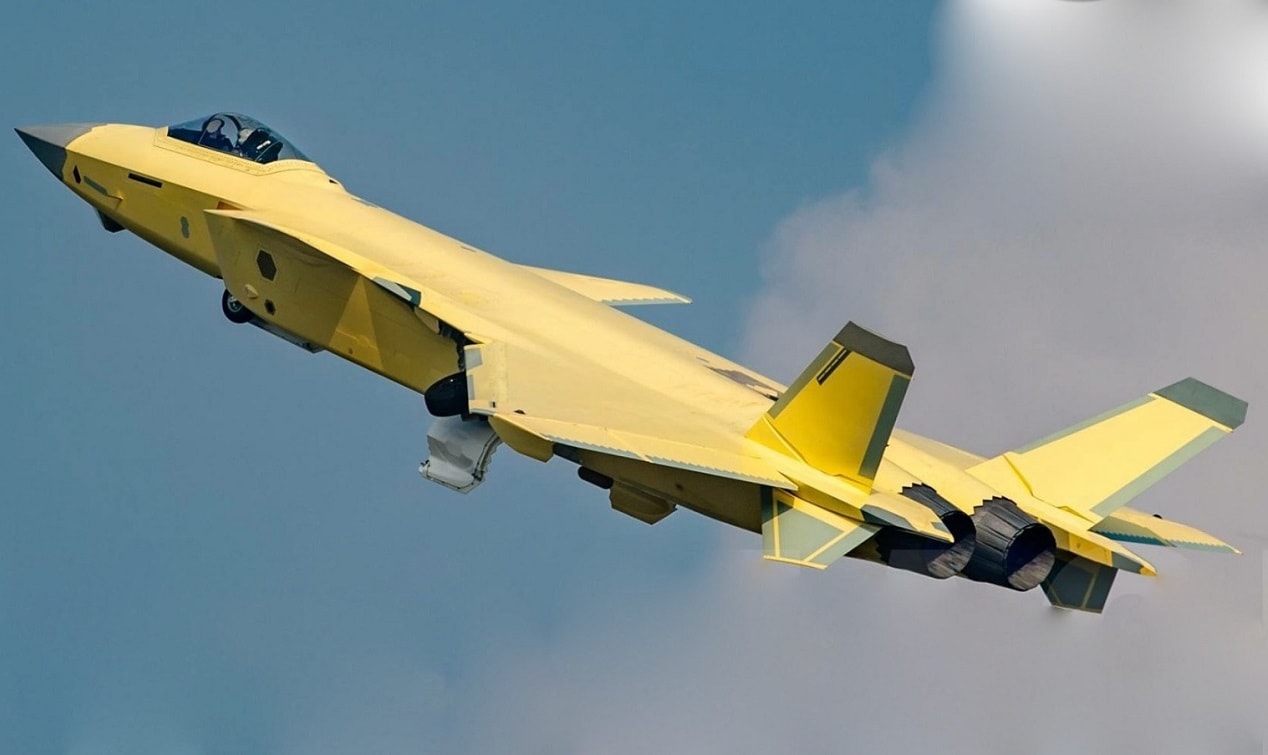
Stealth Fighter. Image Credit: Creative Commons.
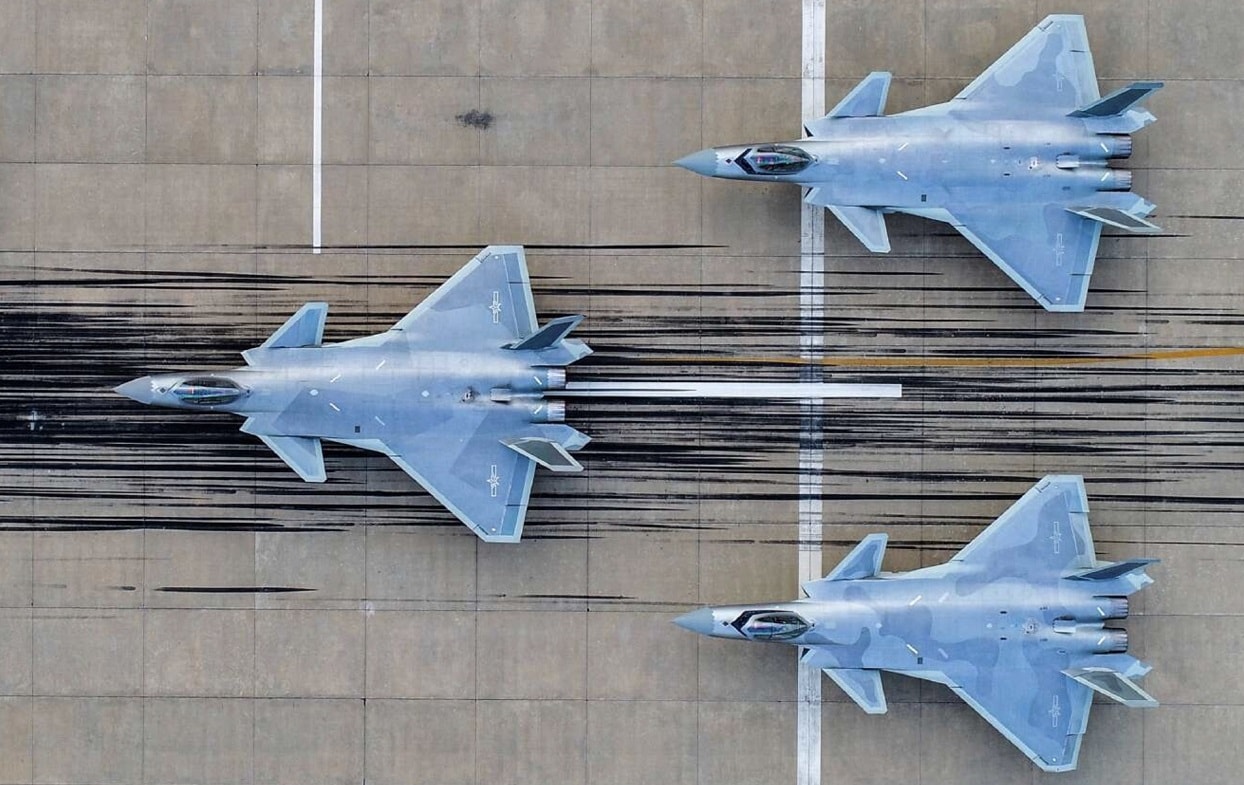
Image: Creative Commons.
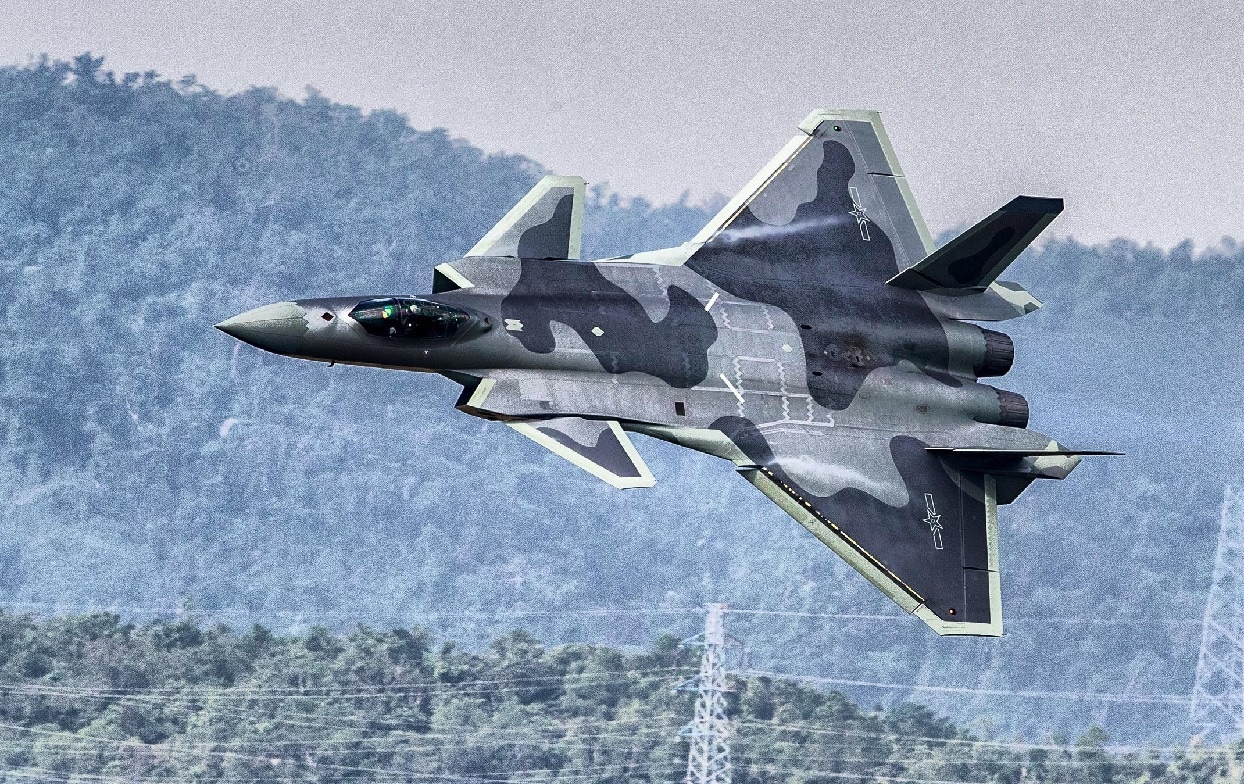
Image: Creative Commons.
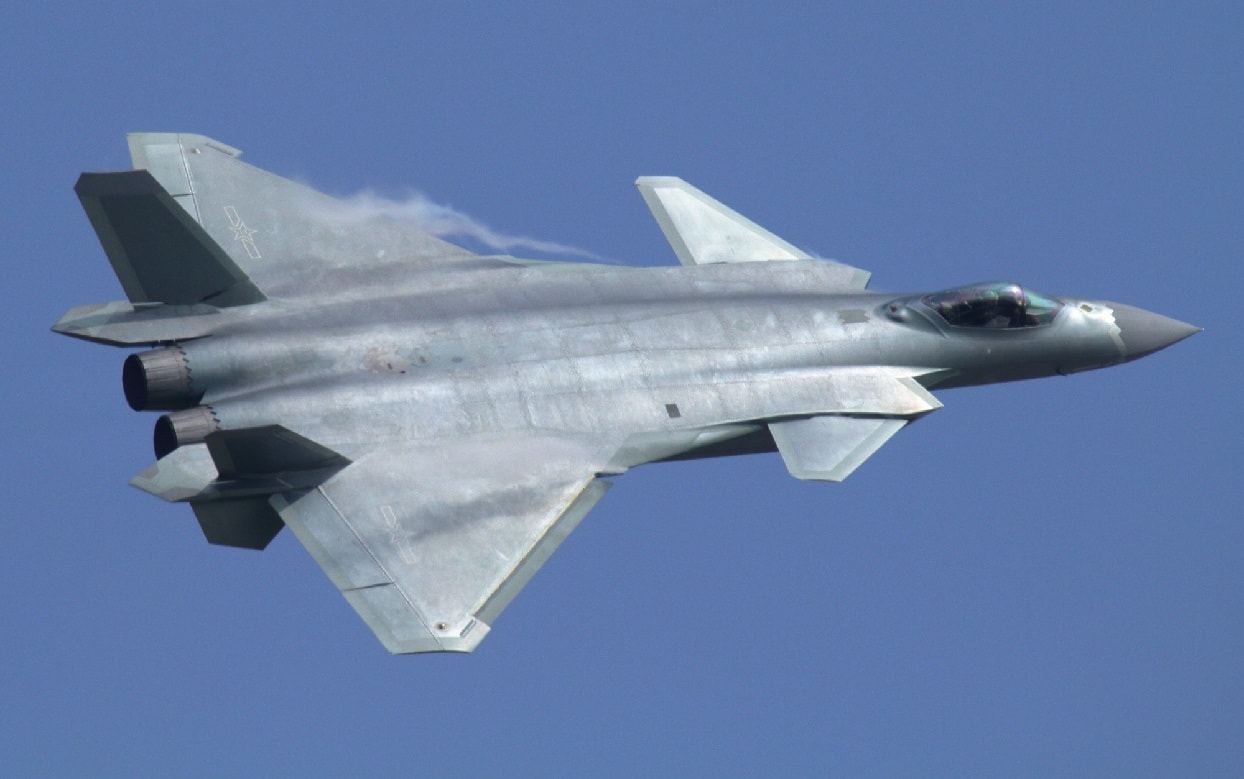
Image of J-20 Stealth Fighter. Image Credit: Creative Commons.
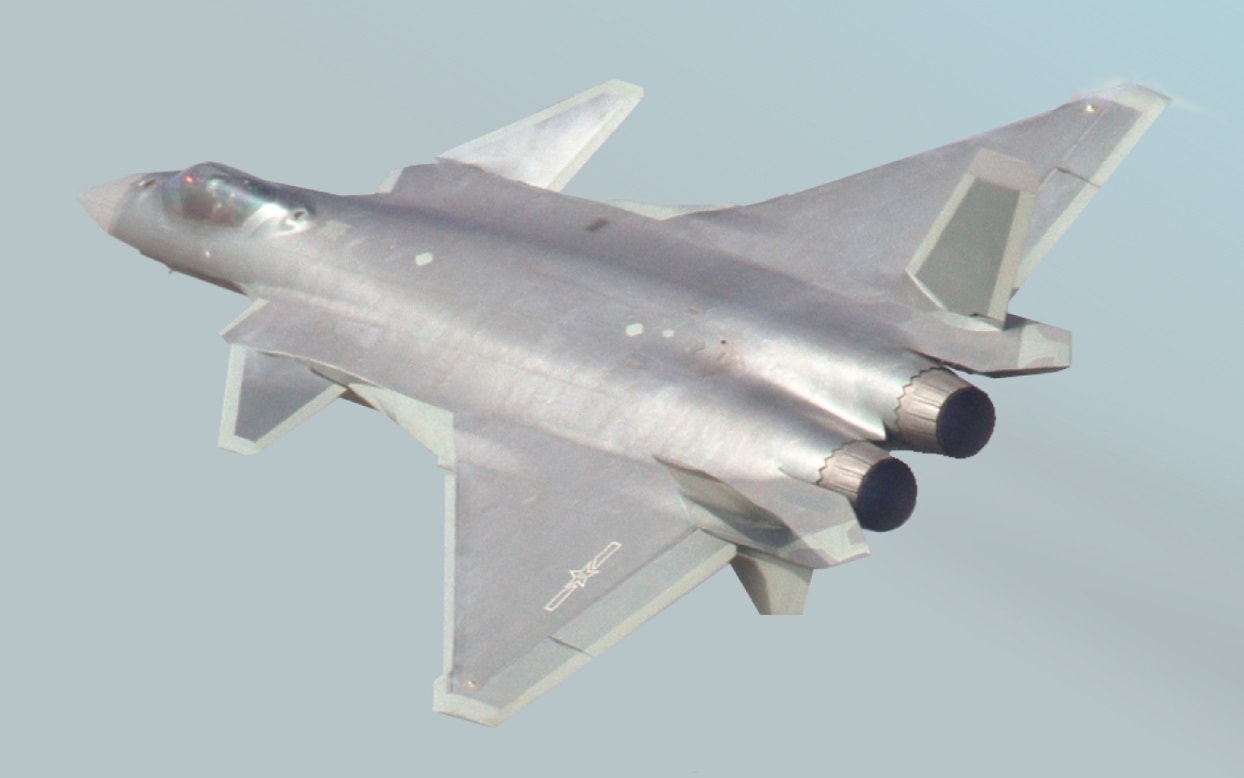
Image: Creative Commons.
About the Author: Caleb Larson
Caleb Larson is an American multiformat journalist based in Berlin, Germany. His work covers the intersection of conflict and society, focusing on American foreign policy and European security. He has reported from Germany, Russia, and the United States. Most recently, he covered the war in Ukraine, reporting extensively on the war’s shifting battle lines from Donbas and writing on the war’s civilian and humanitarian toll. Previously, he worked as a Defense Reporter for POLITICO Europe. You can follow his latest work on X.

